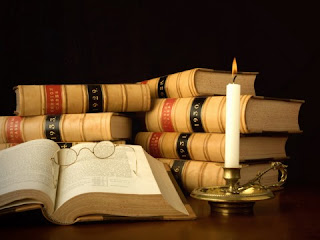| Evening palm trees in Palm Springs. |
You know you’re a miser when you consider opting out of a
free vacation with your family in favour of the week’s worth of income you
forgo by choosing the holiday.
Last week I was faced with this dilemma when my dad offered
me his spot on a family trip because he had to work. In the end, after weighing
the pros and cons, I decided to go. (Most people would think this decision a
no-brainer, but with law school on the horizon, I need every penny I can get.)
| Hanging out with siblings. |
And that is how I came to be here in the very sunny city of
Palm Springs, California.
If you are a little misled like I was, you probably think
Palm Springs is a coastal city with lovely beaches. In fact, it’s a city in the
middle of a desert. Luckily, I found out the truth before I arrived, or I would
have been extremely disappointed.
It seems a strange vacation destination, but I suppose most
people come here looking for warmth in the winter. Not the Swartzbergs though —
we decided to come at the height of summer!
This African girl has been living in Canada for too long
because the baking hot temperature is nice for about five minutes at a time before
it becomes overwhelming. Luckily, we have a swimming pool and air conditioning
to help us cope.
Lest you think that I regret my decision you come, you should
know this desert city does have its charms. These are best enjoyed in the early
morning or late evening though.
On Saturday we discovered the place wasn’t as deserted as it appeared at midday; when we went out for dinner the downtown was alive and exciting. Restaurants and bars were packed, and shops were still open and busy with customers. At this hour it was more believable that stars like Marilyn Monroe and Frank Sinatra would have retreated here.
I have also been able to admire an architectural style known
as “desert modernism” as I pass by homes worth nearly two million dollars on my
early morning runs. These properties are landscaped with palm trees, various
cacti, and colourful flowers that thrive in the hot dry climate.
One of the other highlights of our trip so far was an aerial
tram ride up Mount San Jacinto. Unfortunately, the state park was closed
because of the recent wildfires, but we were able to enjoy the view. And the
best part? The temperature was about 30 degrees (Fahrenheit) cooler up there!
Other than that, I’ve been swimming and relaxing — something I won’t have any time for in a few weeks when school begins.
| From above, Palm Springs looks like a desolate place. |
| Enjoying the cool mountain air. |











